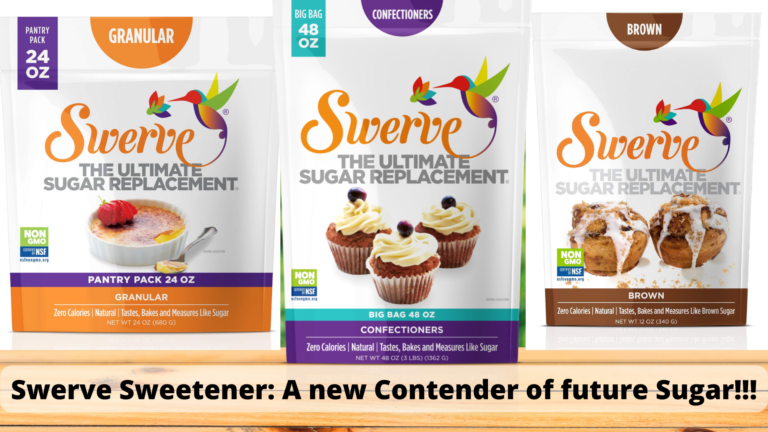The encapsulation method is applied to increase the shelf life of the active food components, ensure their stability, perform their controlled release and improve their functional properties. Active particles such as fatty acids, peptides, vitamins, and probiotics are coated with coating materials such as starch derivatives, gelatin, and gum Arabic to eliminate external effects. Encapsulation methods are commonly used in the food industry; since it is cheap and effective. It is primarily sprayed drying followed by fluid bed coating and extrusion respectively. It is thought that food products’ chemical, physical and functional properties will be improved and control will increase during the process with future studies. These encapsulation techniques include- spray drying, cooling and freezing, extrusion coating, fluid bed coating, liposome compression, coacervation, inclusion complex, and centrifugal extrusion.
Microencapsulation
The particle sizes of microcapsules vary from 1 μm and nm, depending on their morphology, size, and structure. Microcapsules are microspheres or microparticles ranging from 3 to 8 μm. Macroparticles are those whose particles size are larger than 1000 μm. Many liquid food flavors are volatile and chemically stable against air, oxygen, moisture, and high temperature. The microencapsulation method provides a stable and free-flowing powder property of liquid flavoring agents, providing ease of use in powdered foods. The majority of the materials used for microencapsulation are biomolecules. In addition to carbohydrates/ polymers/ polysaccharides, proteins and lipids are also biomolecules suitable for microencapsulation in the food industry.
Spray Drying
The most economical and widely used method in the food industry of encapsulating food is spray drying. Spray drying result, emulsion, or suspension is a system in which the atomization process is applied in the hot gas channel to gain powder from a product. The first step of the spray drying process in encapsulation is to hydrate the coating material. Such as modified starch, maltodextrin, chewing gum, or a combination of substances, etc.
The flavor or component to be encapsulated is added to the carrier and homogenized or completely mixed into the system using a corresponding methodology. The proportion of the carrier to the core material is generally 4:1. But in some operations, advanced flavor loads can be used. The mixture is then homogenized to create small flavors or droplets in the carrier solution. The encapsulation material should be selected for its high solubility, effective emulsification and film forming, efficient drying, and low viscosity even in high concentrate solutions.
Extrusion Coating
The extrusion encapsulation technique provides economic and environmental benefits. Examples include not using organic solvents and high temperatures and saving energy and water. In this respect, it’s another extensively used system for encapsulation of probiotics. Extrusion involves the addition of the core in a sodium alginate solution. Then incorporation of the drop-extruded mixture into a curing solution is done. Such as calcium chloride, through a syringe or pipette. The main advantage of the extrusion method is the stability of the aromas against oxidation. Glassy carbohydrate matrices have truly good barrier properties, and extrusion is a convenient process to encapsulate flavors in similar matrices. As the carrier material, it may consist of multiple components such as sucrose, maltodextrin, glucose syrup, glycerine, and glucose. In this manner, excellent stability against oxidation is provided and shelf life is extended. The product’s shelf life can be stored for 1-2 years without significant quality deterioration.
Conclusion
The specific feature of the technique is that it allows the coating of solid dry particles (powder products). The fluid bed coating technique is not commonly preferred in the encapsulation of food products. As it is more costly than the spray drying technique. However, with the emergence and development of continuous fluidized bed systems, production costs have decreased and have been an alternative for the encapsulation of food products. The mechanism of the fluid bed coating process is based on the formation of layer-shaped capsules as a result of spraying the coating liquid on the particles in the bed utilizing the spray head. Using the fluid bed technique, various food acids are encapsulated to improve flavor and color, in the meat industry.
As a result, the most common preferred micro-encapsulation method of food is the spray drying method with low production cost and cheap method. The solvent is not used in the spray drying method. In addition to being an expensive method, the freeze-drying process has advantages such as the reconstitution properties of the product obtained are very good, the loss of aroma is very minimal, and the losses are minimized due to the movement of the solutes in the food. Extrusion is a new technology, but it’s a system generally used in coating seasoning substances. Oxidation-resistant capsules are developed with this method.



Encapsulation Technology in Food Industry